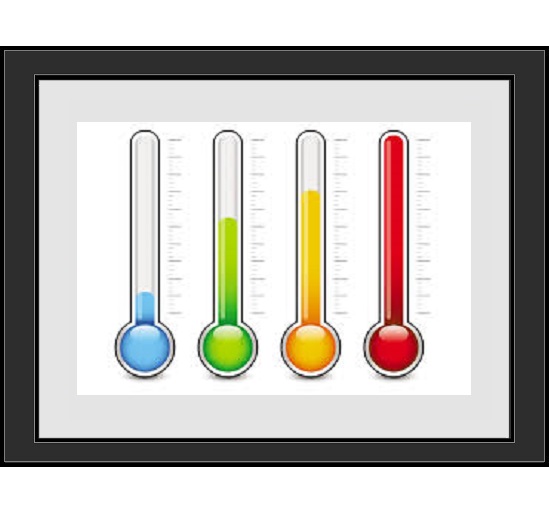Introduction to DC Voltage Ratings
When designing any system that uses batteries, it’s extremely important to use DC rated components, especially when working with solar arrays.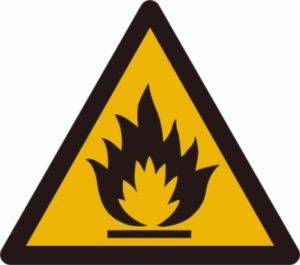
AC vs. DC Voltage Ratings
Although many components have dual AC and DC voltage ratings, not all components do, and most have much lower DC ratings than AC. This can be seen through reduced voltage, current, or both. As an example, Square D QOU circuit breakers are rated 120VAC and 48VDC. These breakers would be fine for a 12V or 24V nominal DC system, but not 48V as the battery charge voltage can be as high as 60V and the array voltage higher than 80V.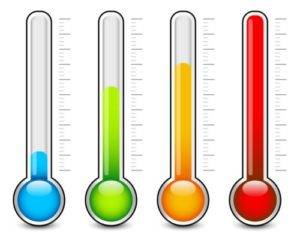
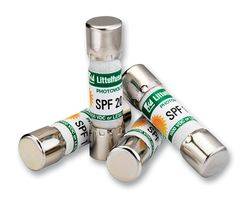
Interrupt Ratings
In addition to voltage ratings, overcurrent protection devices also have maximum interrupt current ratings, and these may vary with the voltage.Using the Square D QOU breakers again as an example, they are rated 10,000AIC at 120VAC, but only 5,000AIC at 48VDC. The Amp Interrupt Current (AIC) rating is important, as batteries can produce a tremendous amount of current when short circuited. The battery short circuit current rating can typically be found on the battery spec sheet or by contacting the manufacturer. Generally, small batteries have lower currents than larger batteries.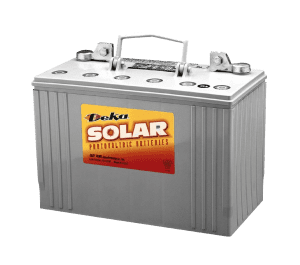
Conclusion
When working with solar arrays it is critical the voltage remains consistent. Not all components have dual AC and DV voltage ratings. It is because of this that extreme care must be taken; failure to use the correct component ratings will result in hazardous situations.


